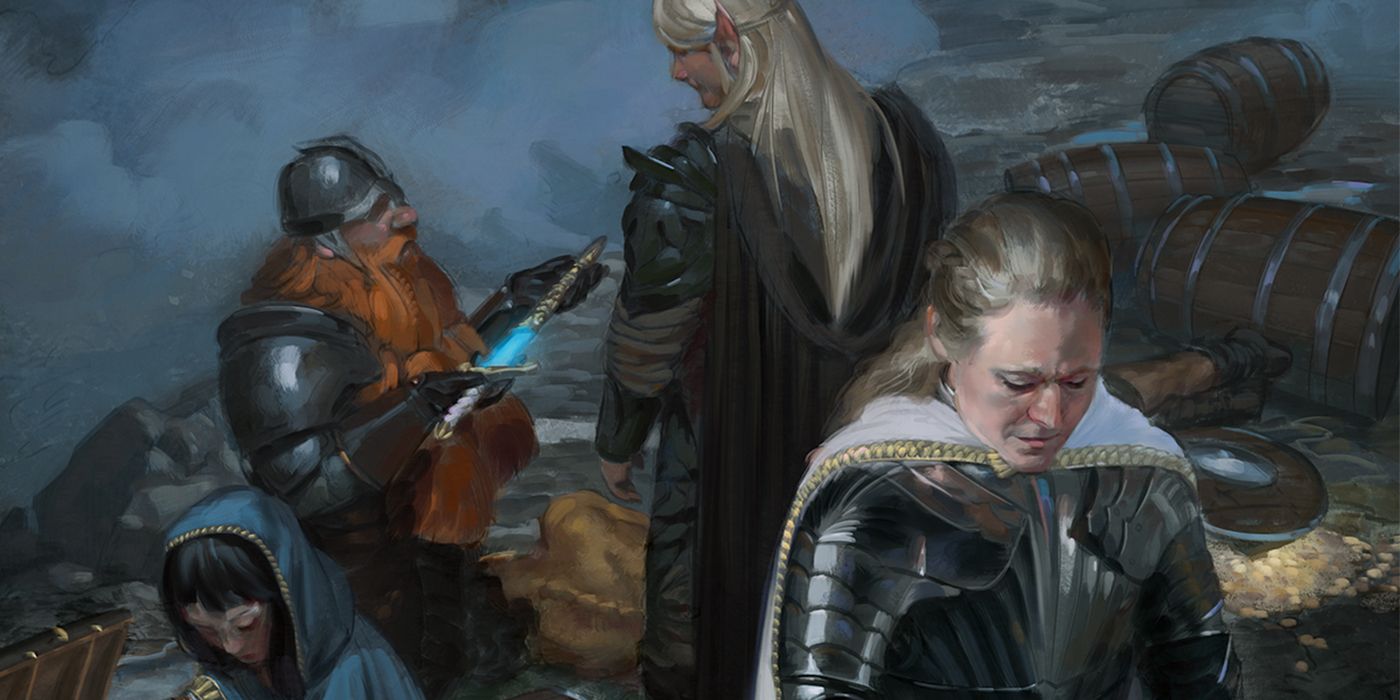
Playing chaotic characters in Dungeons & Dragons seems to be one of the most popular options when creating a new character. Some players prefer the freedom a chaotic personality offers them as opposed to the lawful side of the alignment spectrum. Chaotic characters also seem to be more lenient when it comes to being evil or good, as their unpredictable nature makes them more likely to follow their whims and go with the flow.
RELATED: What You Need To Know About Character Creation In D&D
This is also the alignment that many new players lean toward, as following the restrictions of a lawful character might seem intimidating for inexperienced D&D players. There are some stereotypes and misinterpretations that need to be avoided when it comes to playing a chaotic character, and some suggestions to keep in mind for being a true agent of chaos without ruining the fun for other players at the table.
Follow The Character's Passions
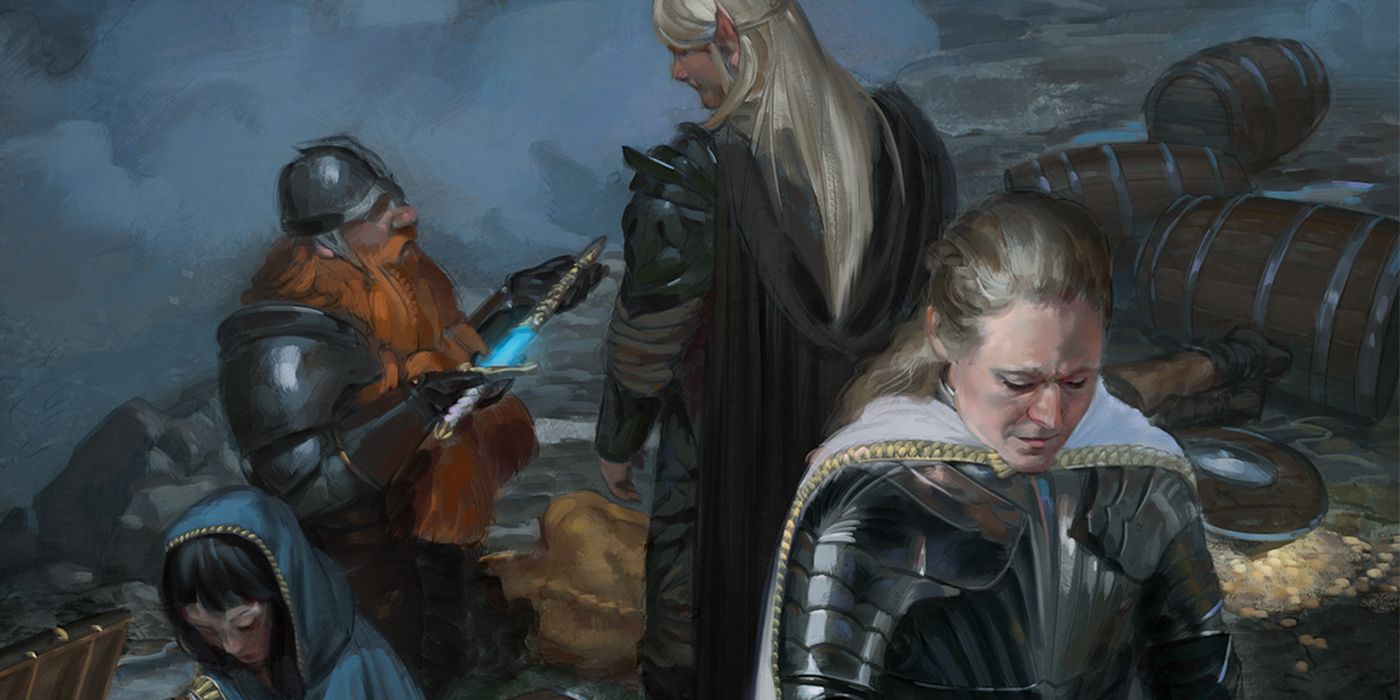
Unless you are playing the unique and powerful Trickery domain Cleric, who is chaotic for the sake of chaos itself, most chaotic characters have one personality trait in common; they are impulsive. They make their decisions in the moment and act based on their passion. This is somewhat in opposition to the nature of most D&D games, as a large portion of the game's time is spent coming up with plans and preparing for what comes next. Because of this, getting in the headspace of a chaotic character might be challenging for some players.
It helps to write down the things that your character is passionate about. These can be wealth, adventure, exploring mysterious ruins, curiosity about strange magic, or anything that fits your character's backstory. When you know these passions, it's easier to act in the moment when the opportunity presents itself. If the party is discussing how to approach the mysterious tomb at the end of a dungeon, your character's love of historical artifacts might cause them to let down their guard and go ahead to investigate immediately.
Pranks
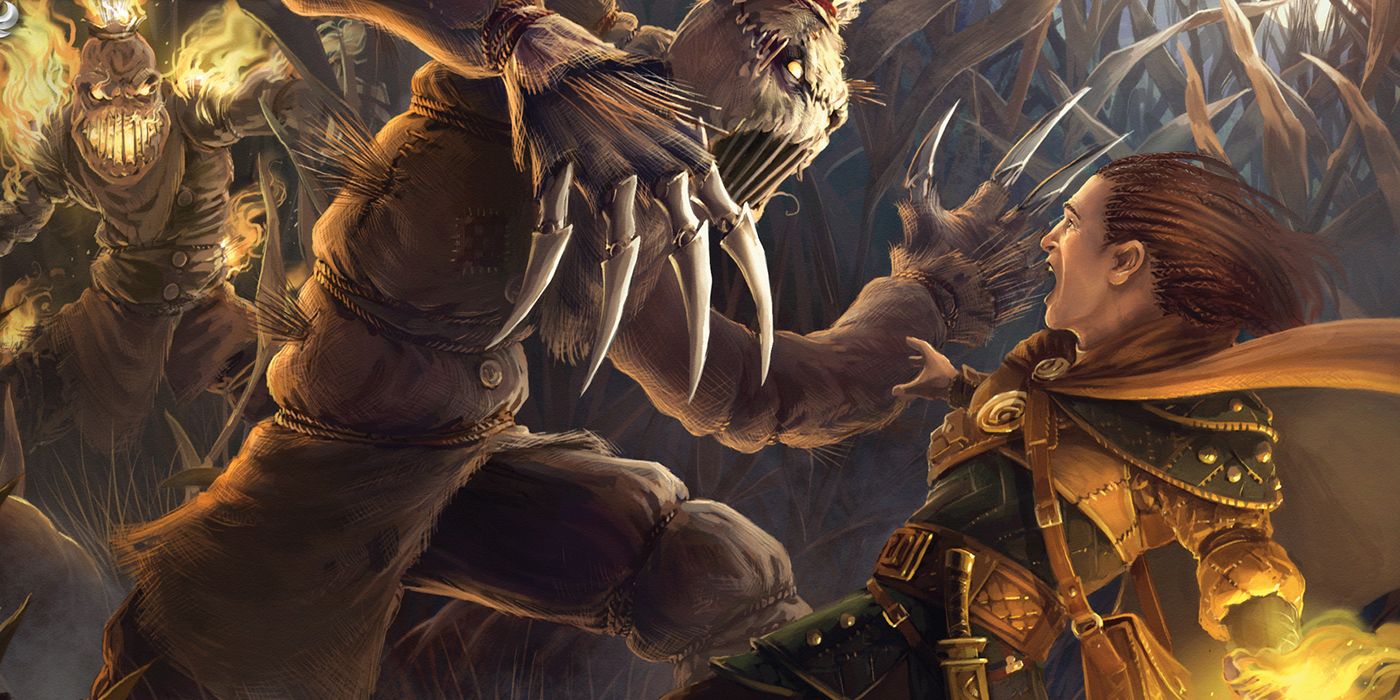
One of the easiest ways to portray a chaotic character is to play pranks on other player characters or NPCs. These can create funny and memorable moments for the players and lighten the mood after a long day of adventuring. You can plan harmless (or even harmful if you are the evil type) pranks to pull out on other characters. You can let the DM know in secret to surprise the players as well, or if you are familiar with your group and know that they won't meta-game, you can openly set the wheels in motion and watch as your fellow players react to your mischievousness.
RELATED: Hilarious D&D Rogue Memes You Should See
One thing to keep in mind is to pull pranks in moderation, and if you are pranking other player characters, it is necessary to have that player's consent. Overdoing pranks will make them predictable and less fun, and having a player uncomfortable with your acts might lead to some frustrations at the table. You don't need to explain to them exactly what you are going to do, but if you are planning on playing a prankster, make sure you talk with other players before the game so you are not crossing any boundaries.
Have A Goal

Some players interpret chaos as being aimless, and while this can be true in other media, playing a chaotic character in D&D without any goals or purposes limits the potential for character growth and storytelling. A chaotic character usually doesn't follow an institute or religion that gives them a higher purpose, but personal goals that align with the character's passions can go a long way toward creating a more relatable character.
It's also important to keep an open mind about your character's ultimate plans and goals. A chaotic character is more likely to change their beliefs and follow different paths than they originally set out to.
Consider You Wisdom Score Into Roleplay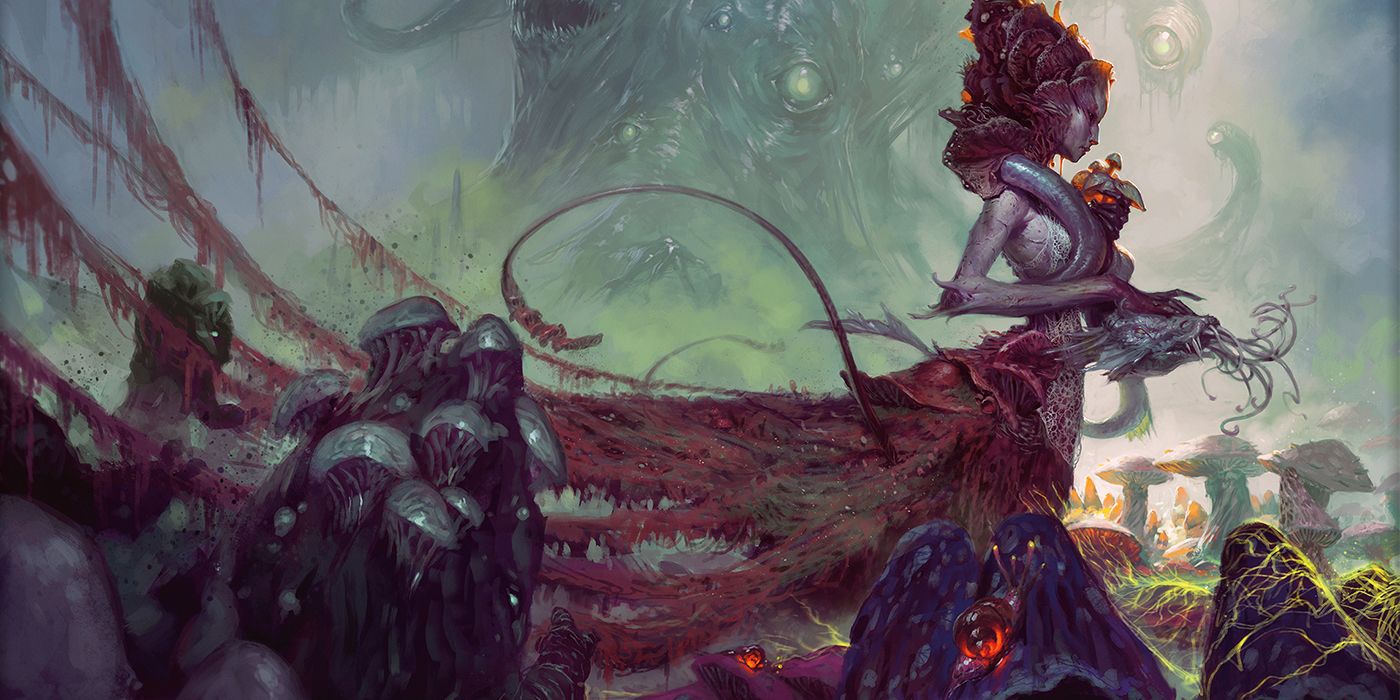
When it comes to playing a chaotic character, wisdom plays a big role in what kind of chaos your character pursues. A low wisdom character's chaoticness comes from a lack of foresight. These characters are impulsive and act on instinct because they can't predict, or don't care about the consequences of their actions. RELATED: The D&D Alignments of Fire Force Characters
On the other hand, high wisdom characters, such as druids or clerics, might believe that chaos is the balancing agent of nature and the world around them. These characters act on this belief and become an agent of chaos, not because of a lack of wisdom, but because they consciously embrace the chaotic nature of the universe itself.
The Top Priority Is Fun
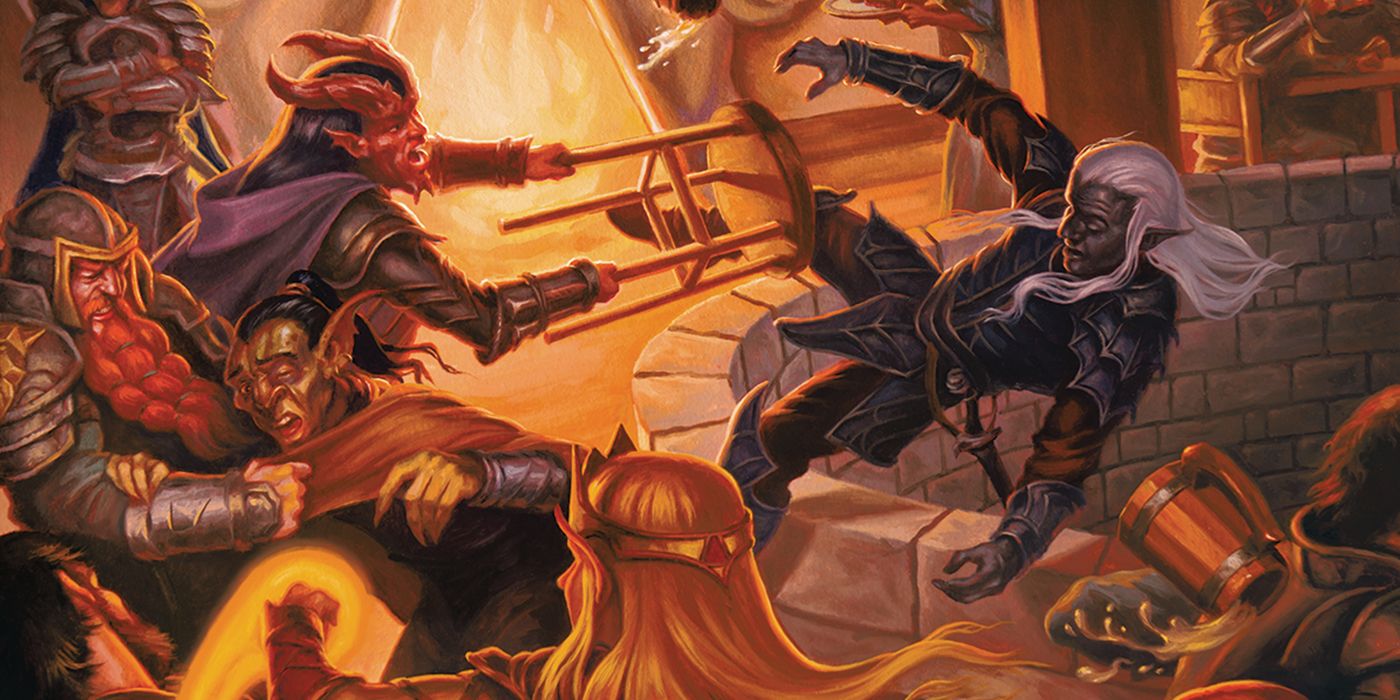
At the end of the day, Dungeons & Dragons is a game, and everyone puts in the time and energy to have a good time. Some players tend to stay true to their character's personalities even when it might ruin the fun for other players or derail the game altogether. No matter what alignment you chose to play, always keep the nature of the game and the fun of others in mind before making any decisions that can have a huge impact on the game.
This is especially true for chaotic characters. If a character disrespects the king and gets everyone in trouble because they acted on impulse and it was their nature, they'' probably create a lot of frustration for other players at the table. It's okay to stay true to your character and embrace their personalities, but never put your character's decisions above everyone else's fun.
Next: Dungeons & Dragons: How To Roleplay Evil Characters




